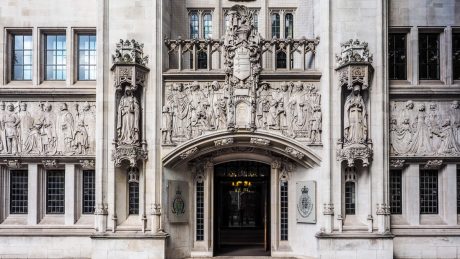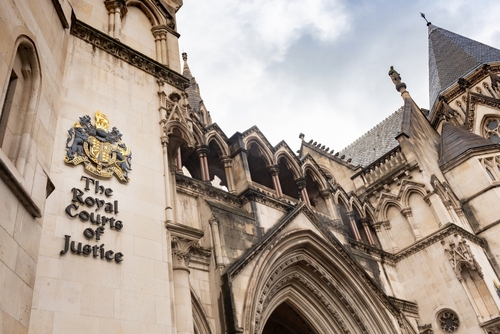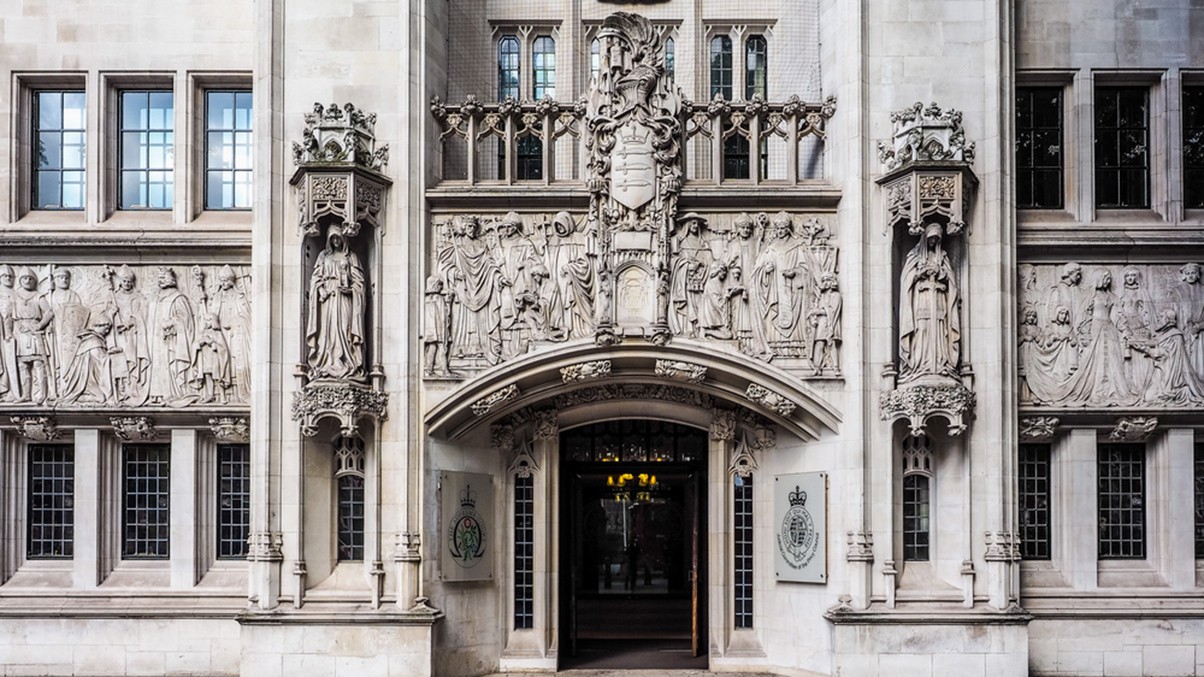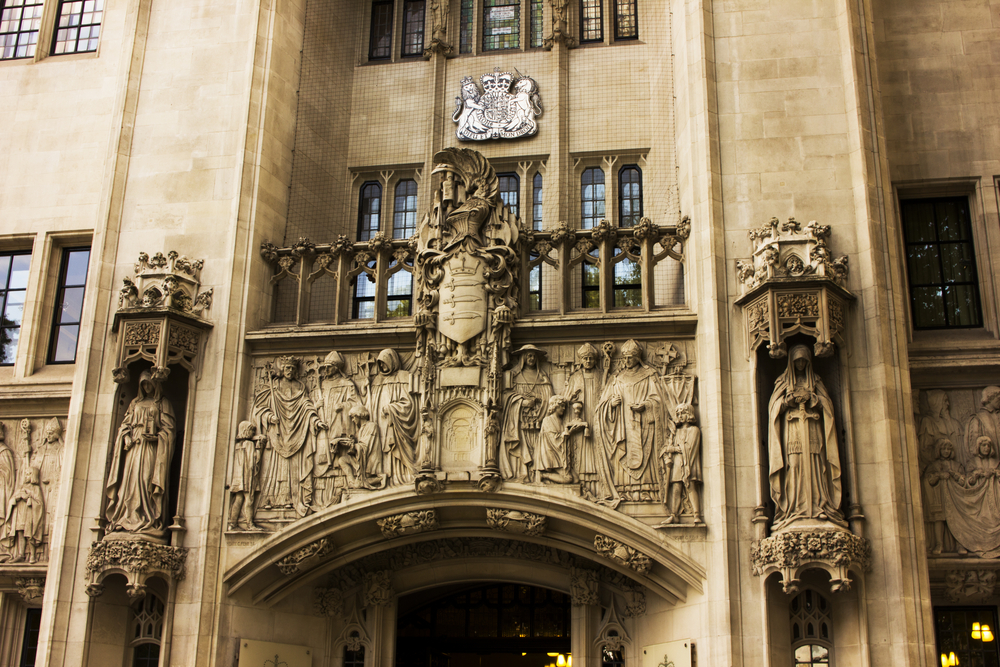On 13 February 2025, the appellants, the CAR insurers (“Insurers”), lodged an appeal to test the waters with the Supreme Court regarding:
- The extent to which insurers are liable for damage occurring after the expiry of a policy.
- Whether an insurer’s primary obligation is to prevent the occurrence of an insured event.
- Whether Insurers breached their primary obligations to Sky and Mace.
On 30 April 2025, the Supreme Court refused Insurers permission to appeal.
Background
On 17 March 2014, Sky and Mace entered a Design and Build contract for the construction of Sky Central in Osterley, West London. Both were co-insureds under the CAR Policy, which covered the period of construction plus one year of a “maintenance period”, being 1 February 2014 to 15 July 2017 (“Period of Insurance”).
It was proven at trial that the roof, which was made up of 472 individual wooden cassettes, had suffered water ingress during its construction, leading to wetting of the internal timbers. The water was allowed to enter the roof because Mace failed to provide protective measures by way of a temporary roof during a period of rainfall. Despite various drying-out attempts, by the time practical completion was achieved on 4 April 2016, the issue had not been rectified. Remedial works are expected to complete in 2029.
As a result, both Sky and Mace sought an indemnity from Insurers under the CAR Policy for both (i) the damage that occurred during the Period of Insurance, (ii) damage that developed thereafter, and (iii) the costs of investigating the extent of the damage that had occurred to date. Insurers contended Sky and Mace were not entitled to any cover for damage that occurred after the Period of Insurance, nor for the costs of investigating the extent of the damage.
Notably, the insuring clause stated the following:
“The Insurers shall, subject to the Terms of this Contract of Insurance, indemnify the Insured against physical loss or damage to Property Insured, occurring during the Period of Insurance, from any cause whatsoever …. (the “Insuring Clause”).” [our emphasis].
The settlement clause was as follows:
“In settlement of claims under this Section of the Contract of Insurance the Insurers shall, subject to the terms and conditions of the Contract of Insurance, indemnify the Insured on the basis of the full cost of repairing, reinstating or replacing property lost or damaged (including the costs of any additional operational testing, commissioning as a result of the physical loss or damage which is indemnifiable hereunder) even though such costs may vary from the original construction costs …” (the “Settlement Clause”). [our emphasis]
The Court of Appeal’s decision: Period of Insurance
While there was dispute as to whether the wetting of the timber was itself “damage”, it was common ground that damage or further damage occurred after the Period of Insurance as a result of the wetting that had occurred during the Period of Insurance. The parties referred to this as deterioration and development damage.
However, Insurers argued that damage occurring after the Period of Insurance was not covered under the Insuring Clause. Therefore, the determination and development damage was not within the contractual indemnity of the CAR Policy.
The Court of Appeal found in favour of Sky and Mace on the following principles:
- In a contract of insurance against damage to a property, an insurer promises to an insured, by way of a warranty, that the damage will not occur. Once the damage has occurred, the insurer is in breach of its primary obligation. The insurer’s secondary obligation is to pay damages for breach of its primary obligation by way of unliquidated damages.
- Therefore, the measure of recovery in a property insurance claim is governed by common law principles, ie to put the innocent party in the same position as if the breach had not occurred.
- The measure of recovery will be subject to express terms in the insurance policy, such as deductibles, limits and exclusions.
- Such modifications and limitations must be achieved by clear wording. In his Court of Appeal judgment, Lord Justice Popplewell found that the temporal limit in the Insuring Clause (“occurring during the Period of Insurance”) did not provide the clear wording required to modify the common law principles , saying: “The Insuring Clause defines the damage to which the insurer’s primary obligation attaches, which it promises will not occur. It does not purport to define or confine the loss for which the insurer is liable in damages when in breach of promise, which is for the sum necessary to hold the assured harmless from having suffered the insured damage in the first place. If the insured damage has caused further damage, then subject to the usual principles of mitigation and remoteness etc, the insurer is liable for the loss resultant upon suffering that further damage.”
Put simply, the costs of remedying the foreseeable deterioration and development damage that occurred after the Period of Insurance, as a result of the insured damage that occurred during the Period of Insurance, were recoverable under the CAR Policy. Lord Justice Popplewell found that this conclusion was also consistent with authorities reaching back to 1850, and with commercial sense.
What is “damage”?
The Court of Appeal rejected Insurers’ position that to be “damaged” within the meaning of the CAR Policy, the timbers would have had to reach a condition requiring “immediate replacement or repair”, as anything short of that would not constitute damage. Wetting, which could be cured by drying out, was not damage.
In agreeing with the judge at first instance, the Court of Appeal drew reference to authorities concerned with the meaning of damage under the Criminal Damage Act 1971. It was held that damage constituted any change to the physical nature of tangible property that impaired its value or usefulness. The wetting of timbers in a roof is directly analogous to, say, the soaking of a blanket or the flooding of a prison cell, even if the damage can be remedied.
Application of deductibles
It was disputed whether a deductible (“Retained Liability”) of £150,000 for “any one event” applied once to the whole of the claim or applied separately in respect of damage to each cassette, in which case the cover available would be minimal or non-existent.
Insurers argued that within the CAR Policy, “event” applied to the damage suffered and not the cause of the damage. There were many events, as there were many damaged cassettes that each needed to be individually sealed; therefore, the roof was not a single place or “one event”. In support of this, Insurers relied on the terms of the 72-hour clause in the CAR Policy, which stated: “For the purpose of the application of the Insured’s Retained Liability it is agreed that any damage to the Property Insured or liability for damage arising during any one period of seventy-two consecutive hours and caused by storm, tempest, flood, water damage, subsidence, collapse or earthquake shall be deemed to be a single event and therefore to constitute one occurrence.”
The Court of Appeal agreed with the first instance judge (i) that “event” refers to the cause of the damage, not the damage itself, and (ii) the decision not to have a temporary roof was a single event. Therefore, a single deductible was applicable.
Investigation costs
The Court of Appeal held that where insured damage has occurred for which damages are recoverable under the policy of insurance, the costs of investigating the extent and nature of the damage, including any development and deterioration damage, are recoverable if they are reasonably incurred in order to determine how to remediate it. That remains the case even if no damage is discovered.
As to whether investigation costs fall within the Settlement Clause, it was determined that the reasonable costs of investigating what is reasonably necessary to remedy insured damage and deterioration and development damage are self-evidently part of “the full cost of repairing or reinstating” insured damage within the meaning of the Settlement Clause.
What does this mean for policyholders?
Insurers sought permission to appeal the Court of Appeal’s findings on (i) liability for losses suffered after the expiry of the period of insurance, and (ii) the fundamental legal nature of the insurer’s obligation to the insured. Permission was not sought in relation to the aggregation issue or coverage of investigation costs.
We note some key points for brokers and policyholders below in light of the Supreme Court’s decision to deny Insurers permission to appeal:
- Damage to a property is interpreted widely and includes any change to the physical nature of tangible property that impairs its value or usefulness, even if it is capable of remedy.
- Damage occurring after a period of insurance that can be shown to have developed from the damage occurring during the period of insurance can, in the absence of any intervening cause, be recoverable under the policy subject to its terms.
- Reasonable investigation costs incurred in investigating the cause and extent of damage should be recoverable.
- Aggregation clauses that refer to “any one event” relate to the event causing the damage.
- Moving forward, close attention should be given as to whether insurers are seeking to expressly exclude deterioration and development damages.
You can find further information regarding our expertise, experience and team on our Policyholder Disputes page.
If you require assistance from our team, please contact us.
Subscribe – In order to receive our news straight to your inbox, subscribe here. Our newsletters are sent no more than once a month.






